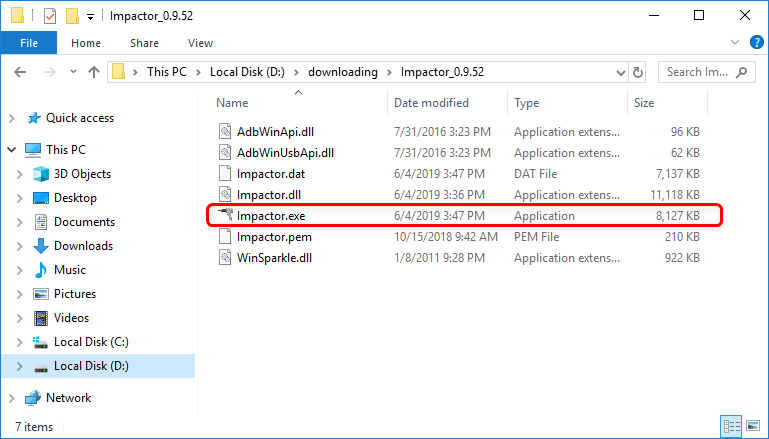
intransitive verbs, relative clauses or reciprocal pronouns. For example, both /ð/ and /ə/ will each occur more frequently than the commonest word in English, /ðə/ ‘the’, since both occur in many other words, and more significantly, they will occur far more often than e.g. Quantifying an answer to the ‘Bird–Himmelmann problem’ is becoming more acute as funding agencies seek to make decisions on how much fieldwork to support on undocumented languages, and digital archives plan out the amount of storage needed for language holdings.Īs a first step towards answering questions of this type in a quantifiable way, there are good reasons to begin with the units of language structure that are analytically smallest, the least subject to analytic disagreement, and that have the highest frequency in running text. Have any endangered language documentation projects succeeded according to this definition? For those that have not (yet) succeeded, would anyone want to claim that, for some particular language, we are half of the way there? Or some other fraction? What still needs to be done? Or, if a comprehensive record is unattainable in principle, is there consensus on what an adequate record looks like. Finally, we discuss the implications of these findings for linguistics in its quest to represent the world’s phonetic diversity, and for JIPA in its design requirements for Illustrations and in particular whether supplementary panphonic texts should be included.
#Convert graphemes to ipa library python full
We then estimate the rate at which phonemes are sampled in the Illustrative Texts and extrapolate to see how much text it might take to display a language’s full inventory.


Unsurprisingly, these languages sit at the low end of phoneme inventory sizes (respectively 23, 24 and 36 phonemes). Here we investigate a tractable subset of the above questions, namely: What proportion of a language’s phoneme inventory do these texts enable us to recover, in the minimal sense of having at least one allophone of each phoneme? We find that, even with this low bar, only three languages (Modern Greek, Shipibo and the Treger dialect of Breton) attest all phonemes in these texts.

#Convert graphemes to ipa library python series
The cumulative collection of Illustrative Texts published in the Illustration series in this journal over more than four decades (mostly renditions of the ‘North Wind and the Sun’) gives us an ideal dataset for pursuing these questions. Language documentation faces a persistent and pervasive problem: How much material is enough to represent a language fully? How much text would we need to sample the full phoneme inventory of a language? In the phonetic/phonemic domain, what proportion of the phoneme inventory can we expect to sample in a text of a given length? Answering these questions in a quantifiable way is tricky, but asking them is necessary.


 0 kommentar(er)
0 kommentar(er)
